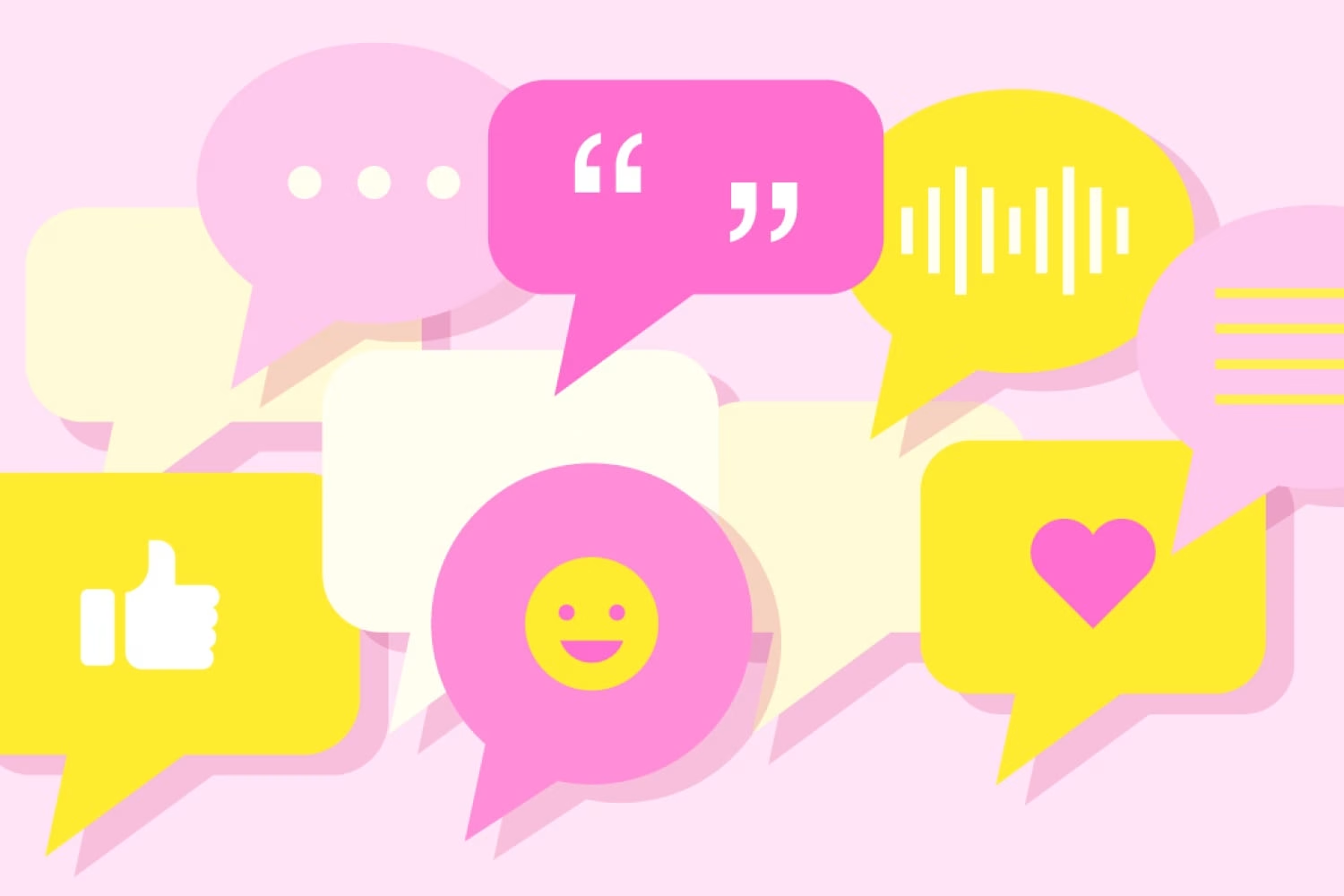Interactive Content — Don’t Miss Out on this Versatile Tool!

Share this story
As you’re reading this blog post, chances are good there are several other things competing for your attention. It’s just a fact of life in today’s always-on, data-driven business environment. Your customers and prospects face the same dilemma. No matter how hard you work to put the right content in front of them at the right time, getting them to engage with that content has never been harder. There are just too many other demands for their attention.
One reason for that is the trend toward self-service information-gathering among B2B buyers, which Forrester confirms: 68% prefer to do online research on their own, and 60% prefer not to interact with a sales rep as their primary source of information.
Faced with this quandary, what’s a B2B marketer to do? One thing that’s proven effective — and which an estimated 75% of your peers plan to do — is to step up your use of interactive content.
Demand Metric research finds that interactive content does a good job of generating conversions 70% of the time, almost double the rate (36%) for passive content. Compared to passive content, interactive content is significantly more effective at educating buyers and differentiating your brand from competitors, and it’s more likely to be shared.
The Swiss Army Knife of Marketing Tools
When it comes to versatility, interactive content is tough to beat. It has the ability to educate and engage buyers, and to overcome their potential objections at every stage of the funnel — all without forcing interactions with sales reps before buyers are ready. You can use different types or combinations of interactive content to serve different purposes at every stage of the buyer’s journey.
For example, in the upper funnel, interactive content can help buyers recognize existing problems / opportunities that exist in their industry and self-evaluate. It helps them explore solutions, measure benefits and narrow options in the mid-funnel, and it’s a powerful tool for driving purchase completions and boosting customer loyalty in the lower funnel. How can one tool do so much? Well, interactive content is really more a category than a single tool. Like the various blades on a Swiss Army knife, each type of interactive content serves a different need.
Interactive content is really more a category than a single tool. Like the various blades on a Swiss Army knife, each type of interactive content serves a different need.
7 Types of Interactive Content
Data Visualizers
Most frequently used at the top of the funnel, data visualizers help buyers also determine the challenges in their industry and how they may be affecting them. Before trying to persuade buyers you have a solution they need, you may have to convince them they have a problem that needs solving. A data visualizer is a great tool for doing this by displaying relevant data from multiple sources in a way that shows meaning. It’s particularly effective for B2B marketers that have a data-centric service offering and those that want to raise awareness about an industry issue.
Assessments
Another upper-funnel tool, interactive assessments ask questions that can help buyers understand the true impact of a problem they might not even realize is affecting them. An assessment evaluates their performance and identifies their challenges, but it doesn’t stop there. This type of interactive content can also send users customized reports based on their answers and recommend next steps to improve their scores. And it can be used to open doors to conversations with your sales team. Marketers should consider an assessment tool when they want buyers to make a transformative change, when they are targeting multiple personas with different pain points, and when they rely on sales conversations to determine fit.
Demonstrations
B2B marketers are well served by assuming that all their prospects are from Missouri, “the Show-Me State.” Not literally, of course, but using an interactive content demonstration to show buyers why your product or service is the best fit for them is exponentially more powerful and credible than just telling them that. A simple video might do the trick for simpler products, but complex products often benefit from simulations. Demonstrations are effective for selling complex products or sets of products, highlighting unique differentiators, and shifting some of the load when sales teams are getting more demo requests than they can handle.
Calculators
As they progress through the middle of the funnel, buyers’ interest in measuring potential benefits increases. When they are able to conclude that investing in your product will provide the kind of return they’re after, they are more likely to purchase. Calculators can shine a light on the financial benefits your solution offers, like one did for vAuto’s Stockwave software. They are especially useful when selling products with high purchase prices, when using productivity or cost savings as primary proof points, and when working with buyers who have ready access to data inputs.
Product Selectors / Configurators
Another type of mid-funnel interactive content tool, product selectors / configurators help buyers narrow their options. When purchasing complex applications, buyers want to be sure your product can meet their often-detailed requirements. Product configurators give them the confidence they need to move your offering to the top of their consideration list. This is a tool that lets buyers easily evaluate options, determine relevance and create a specific configuration of your solution — which they can then take directly to your sales team, if they so choose. It makes sense to consider a product configurator when offering complex or customizable products, when providing multiple offerings for different applications and environments, and when selling to buyers with specific or highly regulated use cases.
e-Commerce
It may have started as a B2C phenomenon, but B2B e-commerce now generates $1 trillion a year in sales. No matter how complex a B2B product might be, if every part of its purchase can be programmed, it can likely be purchased online. e-Commerce improves conversion by removing that final speed bump to completing a purchase. It’s most effective for B2B sellers that have a structured purchase process, work with knowledgeable repeat buyers, and/or believe their qualified-lead conversion rate should be higher.
Gamification
This upper-funnel tool represents the final blade in the interactive content Swiss Army knife. Gamified platforms nurture lasting relationships with current customers and increase retention rates by giving buyers psychological rewards for taking specific actions. Things like interactive communities, competitive rankings, rewards programs and repurchase incentives all use positive reinforcement to keep buyers coming back, which lets you proactively manage brand loyalty. It embeds your brand into buyers’ daily lives and increases brand differentiation and “stickiness.” Companies that sell in highly competitive industries, that offer products with strong repurchase potential, or that have subscription-based businesses that depend on renewals should consider gamification.
Interactive Content Has Much to Offer
In an environment where B2B marketers are challenged to reach highly distracted buyers who favor self-directed buying journeys, interactive content has a lot to offer. A great way to get started is by downloading our recently updated ebook, “Interactive Content Across the Funnel: How to Succeed by Putting Buyers in Control.” In it you’ll find lots of good information, along with real-world examples of seven types of interactive content. You will also come away with a better understanding of why an estimated 75% of B2B marketers are planning on putting this remarkable tool to work in their organizations.



